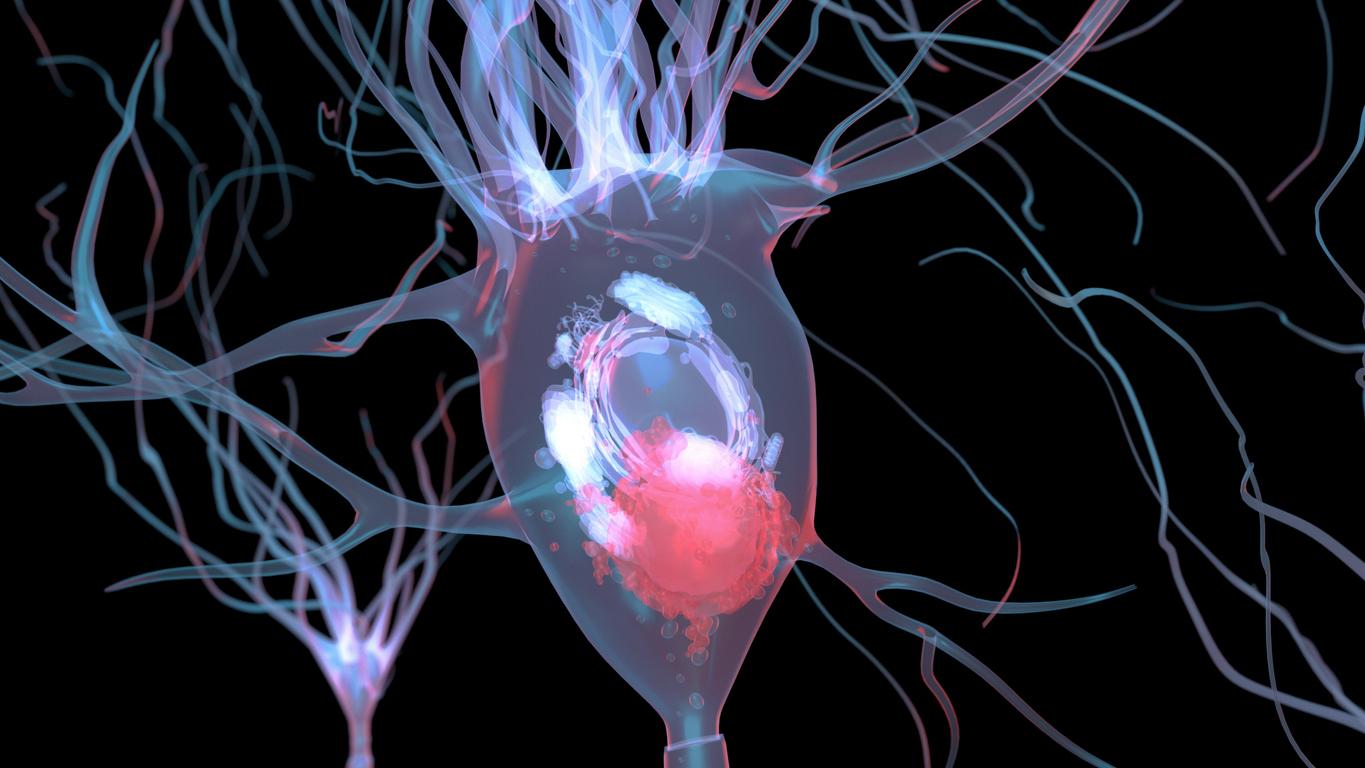A test carried out on the telephone in a few minutes would make it possible to detect people likely to be suffering from Alzheimer’s disease.

- Simulation of navigating through a phone menu would help identify early changes in daily functioning in adults at risk of Alzheimer’s disease.
- The test includes three tasks: refilling a prescription, calling a health insurance company, and performing a bank transaction.
- Volunteers who had difficulty performing them had an elevated concentration of amyloid and tau in their brains, hallmarks of the pathology.
1.2 million. This is the number of people affected by Alzheimer’s disease in France. In many cases, this neurodegenerative pathology is only diagnosed after the symptoms (loss of memory, disturbances in the execution of gestures, disorientation in time and space, etc.) have already begun to affect the daily life of the patient. patient. That’s why researchers are working on ways to screen for the disease before the onset of pronounced cognitive manifestations.
Alzheimer’s: phone menu navigation simulation includes three tasks
Recently, a team from the Mass General Brigham Health System (USA) used the Harvard Automated Phone Task (APT) in a study published in the journal Journal of Alzheimer’s Disease. This is a test to be carried out in a few minutes on your phone. The latter includes three tasks that a senior may encounter on a telephone menu, such as renewing a prescription, calling a health insurance company to choose a new primary physician, and processing a bank transaction. . To accomplish these tasks, adults must navigate an interactive voice response system.
To carry out the research, 77 people, with no signs of advanced cognitive deterioration, were recruited. The participants had to do the brief simulation of navigating through a telephone menu. They also carried out cognitive tests and brain scans that show deposits of amyloid and tau in different regions of the brain, which are characteristics of Alzheimer’s disease.

A link between participants’ performance and the presence of amyloid and tau deposits
The test found an association between participants’ performance and the presence of these deposits in the brain. According to the results, just under a third of the participants without cognitive impairment showed signs of high levels of amyloid and tau in their brains and had difficulty performing the most difficult tasks in the brain. assessment.
“This is remarkable because most people with Alzheimer’s disease begin with impaired short-term memory, difficulty finding words, and problems with sense of direction. They may also exhibit decreased motivation, depression, irritability and anxiety”, explained the team in a statement.

















